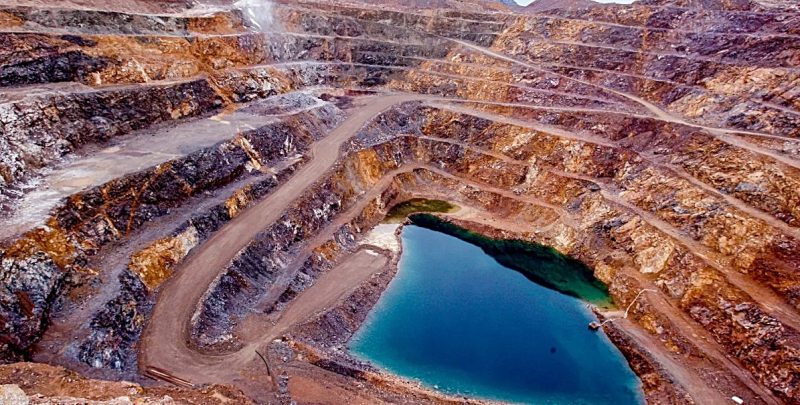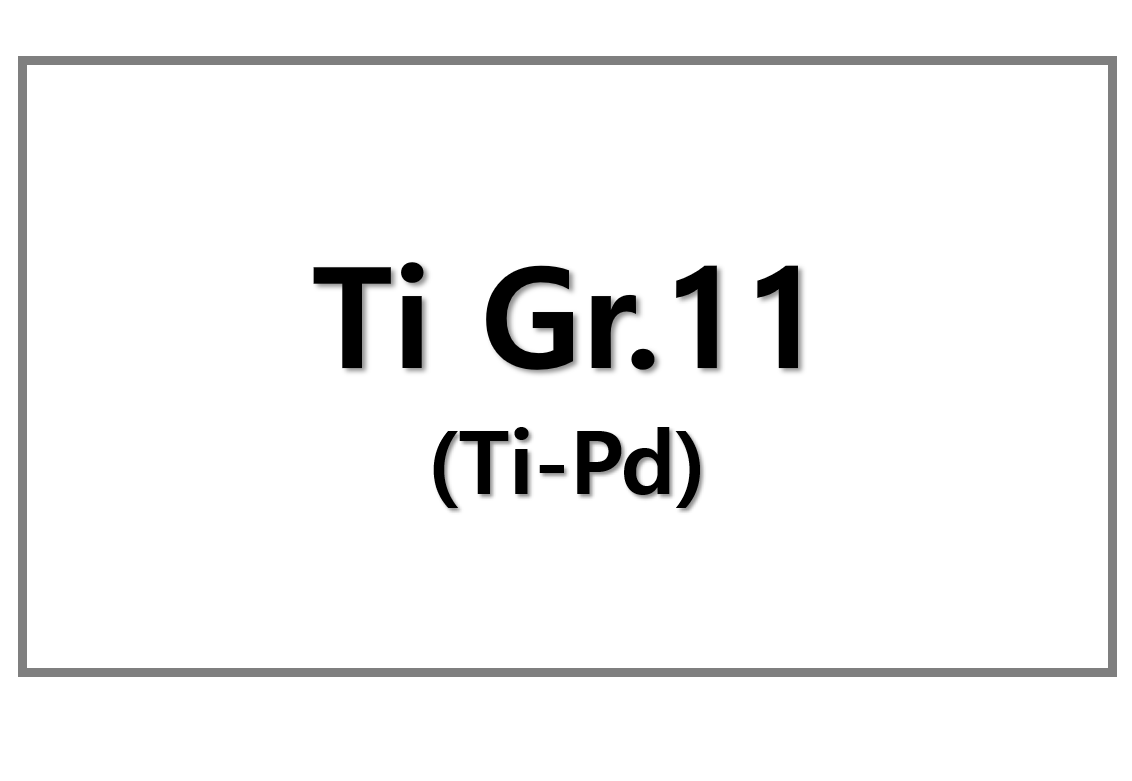
China’s Critical Minerals Curb and US Economic Impact
Macquarie analysts warn that China’s export controls on rare earths could reduce US GDP by more than $1 billion annually. They examined five key minerals: samarium, lutetium, terbium, dysprosium, and gallium. These minerals appear on the US government’s updated critical minerals list, which now contains 60 items, including copper and silver. Despite limited direct import from China, the US remains highly dependent on Chinese rare earths for defense and advanced technology industries.
US domestic primary mine production was valued at $17.5 billion in 2024, while imports reached $65 billion. Canada, Chile, Mexico, and South Africa supplied most of these critical minerals. However, about 70% of rare earth compounds imported by the US came from China, creating strategic vulnerability.
Australian Critical Minerals Opportunity
Macquarie identifies Australia as a strategic alternative for US rare and essential minerals. Australia holds over 15% of global reserves and produces nearly half of the minerals on the US list. Recent US-Australia agreements aim to secure a reliable supply chain. Investment in Australian mining is expected to exceed $50 billion in coming years, potentially reducing US reliance on China and strengthening Western supply chains.
SuperMetalPrice Commentary:
China’s control over rare earths highlights the strategic importance of diversifying US mineral sources. Macquarie’s report shows that GDP impacts are significant but secondary to supply chain security risks. Australia presents a viable alternative, offering both resource scale and investment potential. Companies and policymakers should prioritize partnerships with stable suppliers to mitigate geopolitical risks in critical minerals.











Leave a Reply
You must be logged in to post a comment.